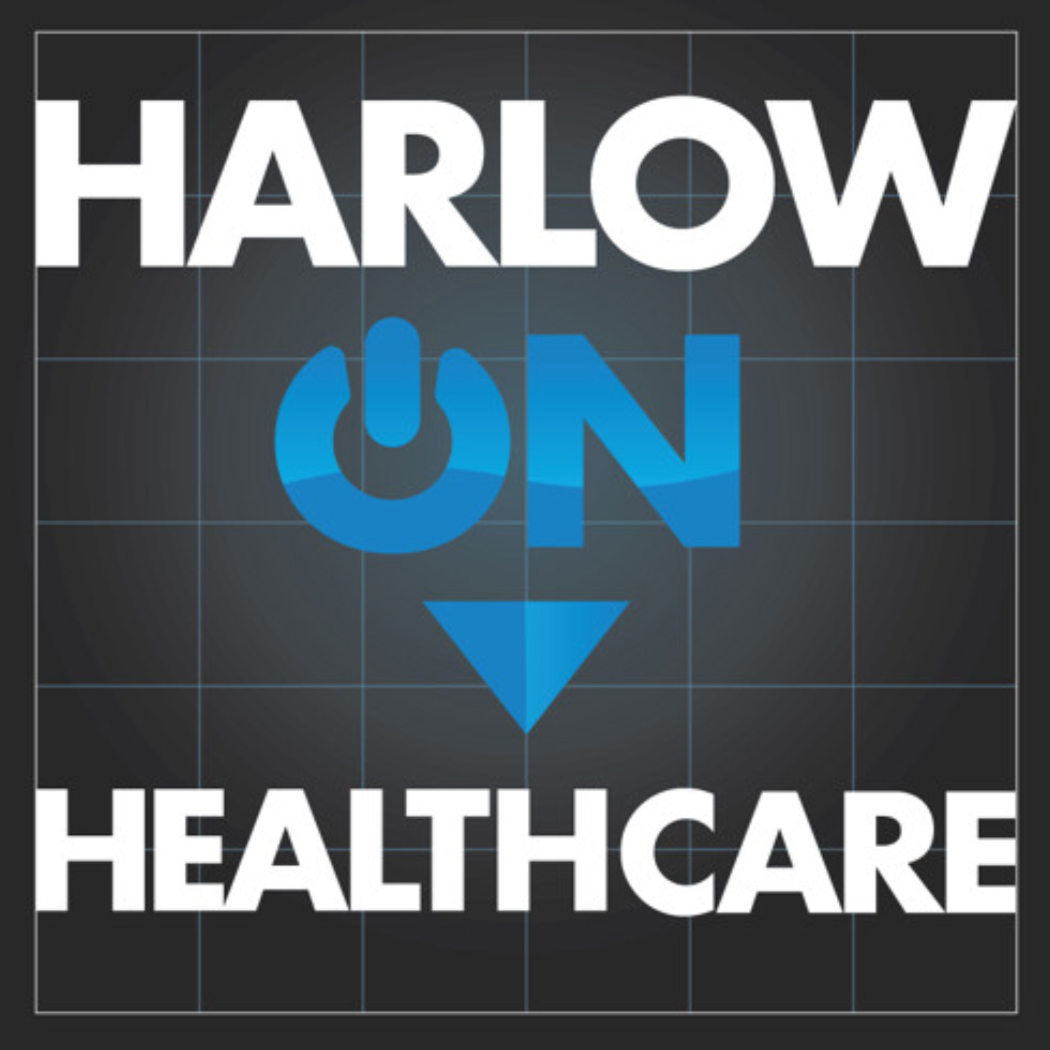A couple of recent wellness-related headlines caught my eye.
Exhibit A: The Federales (IRS, DOL & HHS) finalized the regulations governing Incentives for Nondiscriminatory Wellness Programs in Group Health Plans under the ACA.
In a nutshell, these regulations establish a framework for incentives to employees to participate in and succeed at employer-sponsored wellness programs. More accurately, they establish a safe harbor, an affirmative defense to a potential employment discrimination lawsuit brought by someone who didn’t get the financial benefit or health insurance discount because he or she didn’t enroll or didn’t succeed in the employer-sponsored wellness program — a “participatory” wellness program, like a health club membership reimbursement plan, or a “health-contingent program” like a tobacco users’ health insurance surcharge or a health insurance discount available to any employee who does not test positive for a given biometric health risk marker — like high cholesterol — and to any employee who does test positive and who also attends relevant sessions with a health coach.
So long as the incentives meet the requirements of the regs, that sort of lawsuit is a loser. For health-contingent wellness programs, these requirements include: no more than a 30% disparity in cost — up from 20% in the past, with the possibility of greater disparities in the future, in the Secretary’s discretion, and also up to 50% in the case of tobacco use.
Wellness programs are big business – and big business seems to like them, investing significant amounts of money and promoting them both for their health improvement and cost reduction qualities. This new regulation sets the stage for even more spending on wellness programs.
Exhibit B: The RAND Health Workplace Wellness Programs Study was released — a work commissioned by the agencies responsible for this rule, and released in conjunction with the promulgation of the final regulations.
Blogging at Forbes.com, Dan Munro highlighted the early release of the report, its withdrawal and later reissuance, but more importantly distiled some key elements from the report and from other press coverage:
- Participants lost an average of only 1 pound a year for 3 years
- No significant reductions in total cholesterol levels
- Some evidence of successful smoking cessation – but only “in the short term”
- Statistically insignificant cost savings of $2.38/mo (year 1) and $3.46 (year 5)
- Statistically insignificant reduction in cost or use of emergency department or hospital care
And fnally, a direct quote from the report:
Our statistical analyses suggest that participation in a wellness program over five years is associated with a trend toward lower health care costs and decreasing health care use. We estimate the average annual difference to be $157, but the change is not statistically significant.
So, what is to be done? (Relax, I’m not going to quote Lenin or Chernyshevsky.) Some would say that we need to take cold, hard look at the contemporary culture of corporate wellness programs, and synthesize something new in response to the realization that these things apparently don’t work consistently as advertised. See the recent post by Vik Khanna & Al Lewis at The Health Care Blog, in which they imagine themselves to be rogue GE shareholders and send Jeff Immelt a message about redesigning wellness programs. (As an aside: their point about corporate food service and the need to serve healthy foods is a point that should be taken to heart by all the health care conference planners who dish up decidedly unhealthful food and beverages.)
We’re still in search of the magic bullet – some incredible combination of long-term and short-term incentives packaged through game theory or otherwise to move us all to make behavioral changes that will improve our individual and collective health. And today’s mesage is: keep searching.
Federal regulations that give employers wider discretion in doling out economic incentives don’t help all that much in the long run if we still haven’t figured out just what exactly those incentives ought to be underwriting. The deep-seated belief in the power of wellness programs undergirds a variety of other policies as well — value-based purchasing models (including the ACO model), and the latest phase of Massachusetts health reform, for example.
In the short run, there is some evidence that this is just another cost-shifting game, where the costs of wellness programs are underwritten by less healthy folk. That’s not a really good idea to pursue long-term.
David Harlow
The Harlow Group LLC
Health Care Law and Consulting


